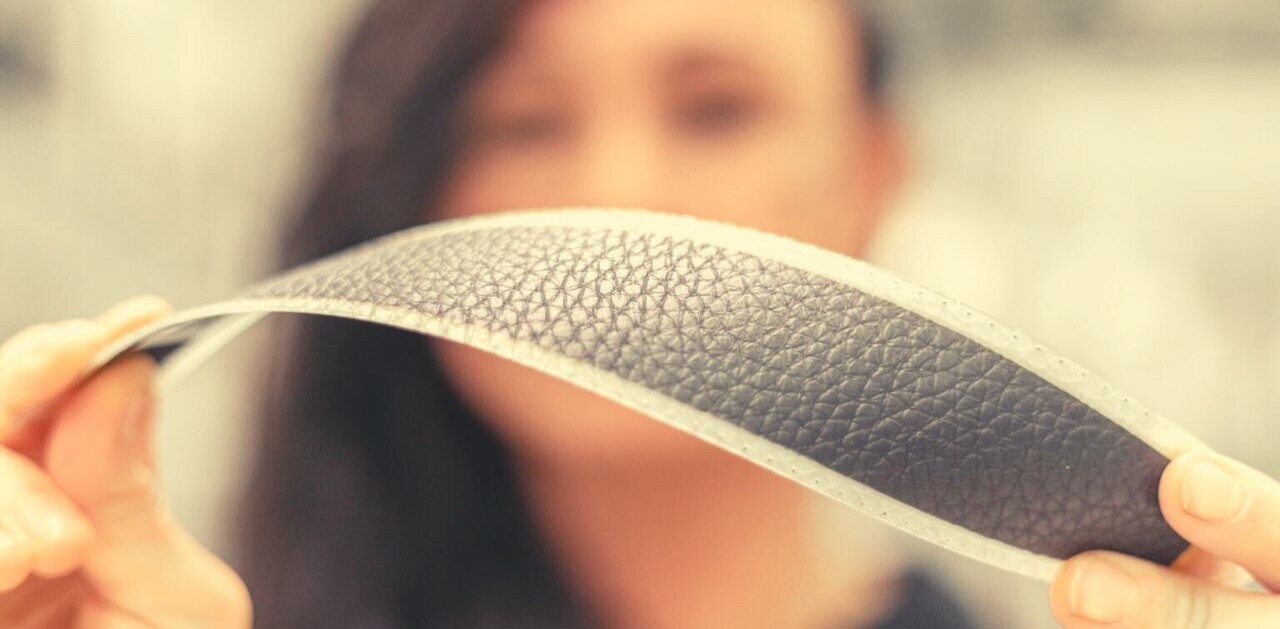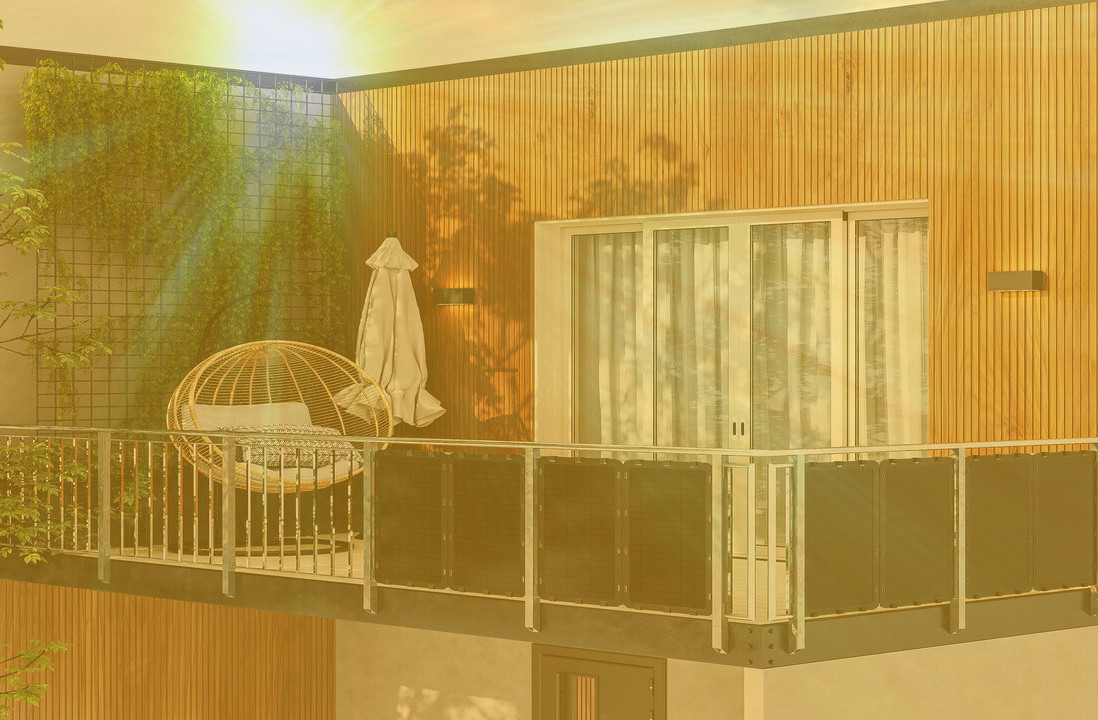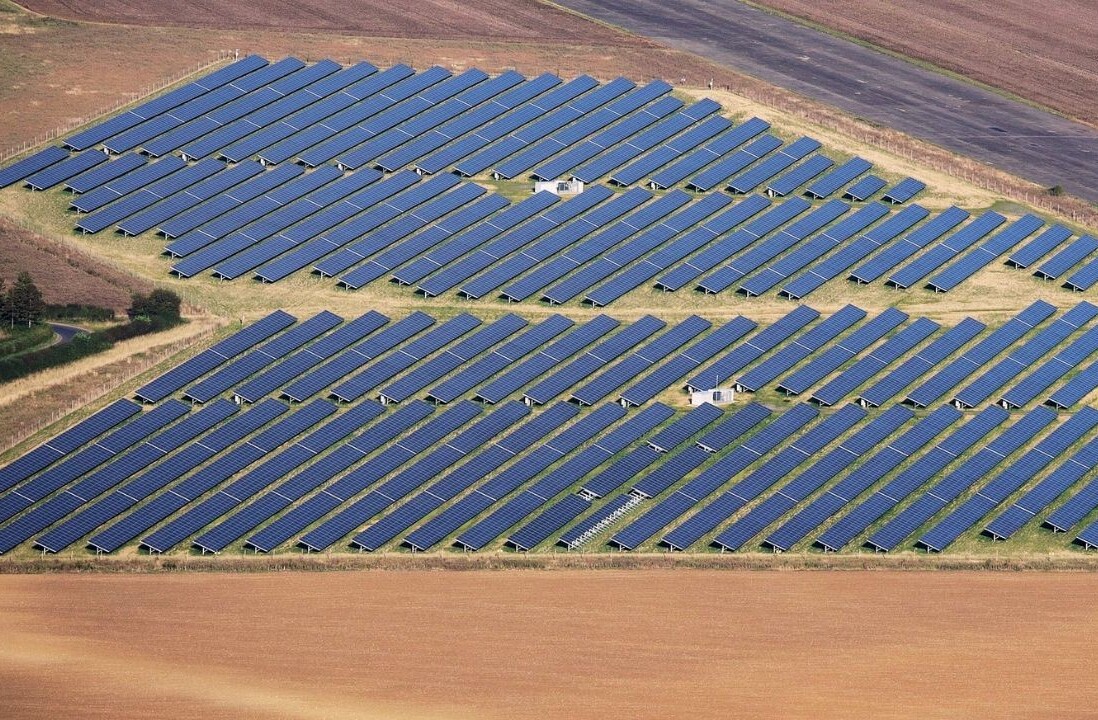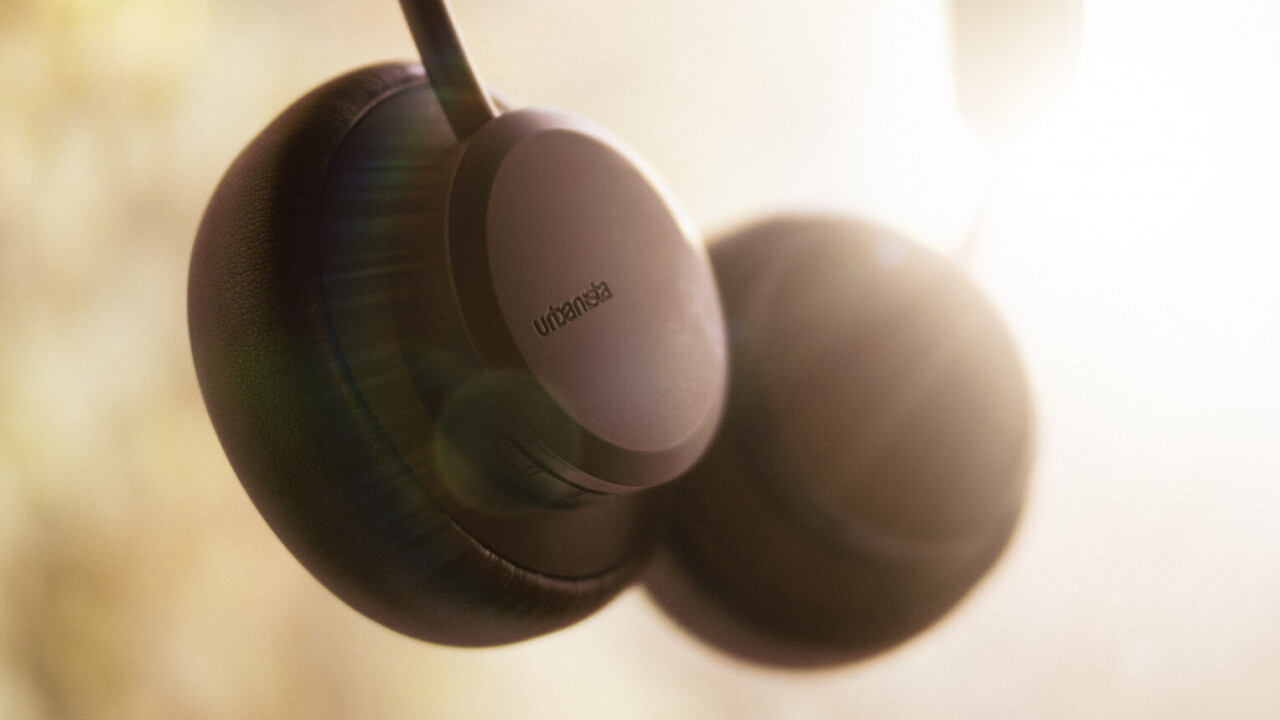
Whenever I unbox new wireless headphones for review, the first thing I do is connect them to a charger so I can have a nice long listening session the next day. But rather than connect a charger to the Urbanista Los Angeles‘ USB-C port, I simply set the headphones near a window. By the time I actually listened to them, they’d been topped up by nothing other than the power of the sun.
It kind of feels like magic.
Solar power obviously isn’t anything new, but beyond that cheap calculator you used in high school, most of us aren’t accustomed to devices that we just never have to charge. It’s one of those technologies that feels like the future, despite having been around for ages.
Yet the Urbanista Los Angeles represents an opportunity to take one of our most commonly used devices completely off the grid. For all the talk about wireless headphones the past few years, and even ‘true wireless’ earbuds, these are the first headphones I’ve used that are truly, actually wire-free (as long as you don’t spend your whole life in a sunless dungeon).
The key lies in the headband. Urbanista teamed up with Exeger to implement the latter’s Powerfoyle solar technology into a strip that runs along the top of the headphones. And unlike those cheap old calculators, there’s nothing giving away the fact there’s a solar panel up there, at least in the black model I tested.
It’s doesn’t just drip-charge either. A combination of efficient component choices, on-ear detection, and the Powerfoyle tech means that you can get two hours of playback with just one hour of solid sunlight. It is the strangest, awesomest thing to check Urbanista’s app — which tells you how much energy is going in and out of the headphones — after a long walk and see that the headphones gained a charge.
I’ll put it this way: I’ve used the headphones regularly for nearly a month, and I haven’t had to charge them once. The app is currently showing 90%. I could use USB-C if I needed to — say, if I left them in a backpack or drawer for a long time — but with a claimed 80 hours of battery life before you even factor in solar charging, I don’t know if I’ll ever have to bring the charger out at all. Just note that they do charge much more effectively with sunlight than with indoor lighting.
Of course, this wouldn’t matter if Urbanista didn’t get the basics right. Luckily they do.
I appreciate the understated design (although it’s perhaps just a little too plain in the black edition I tested). I found the headphones comfortable to use for extended periods thanks to soft padding, although those with larger ears should be warned the earcups aren’t the largest or deepest, and clamping force is a little high out of the box. I also appreciate the physical buttons, including a customizable function button. They’re a little small, but I’d take them over touch controls any day.
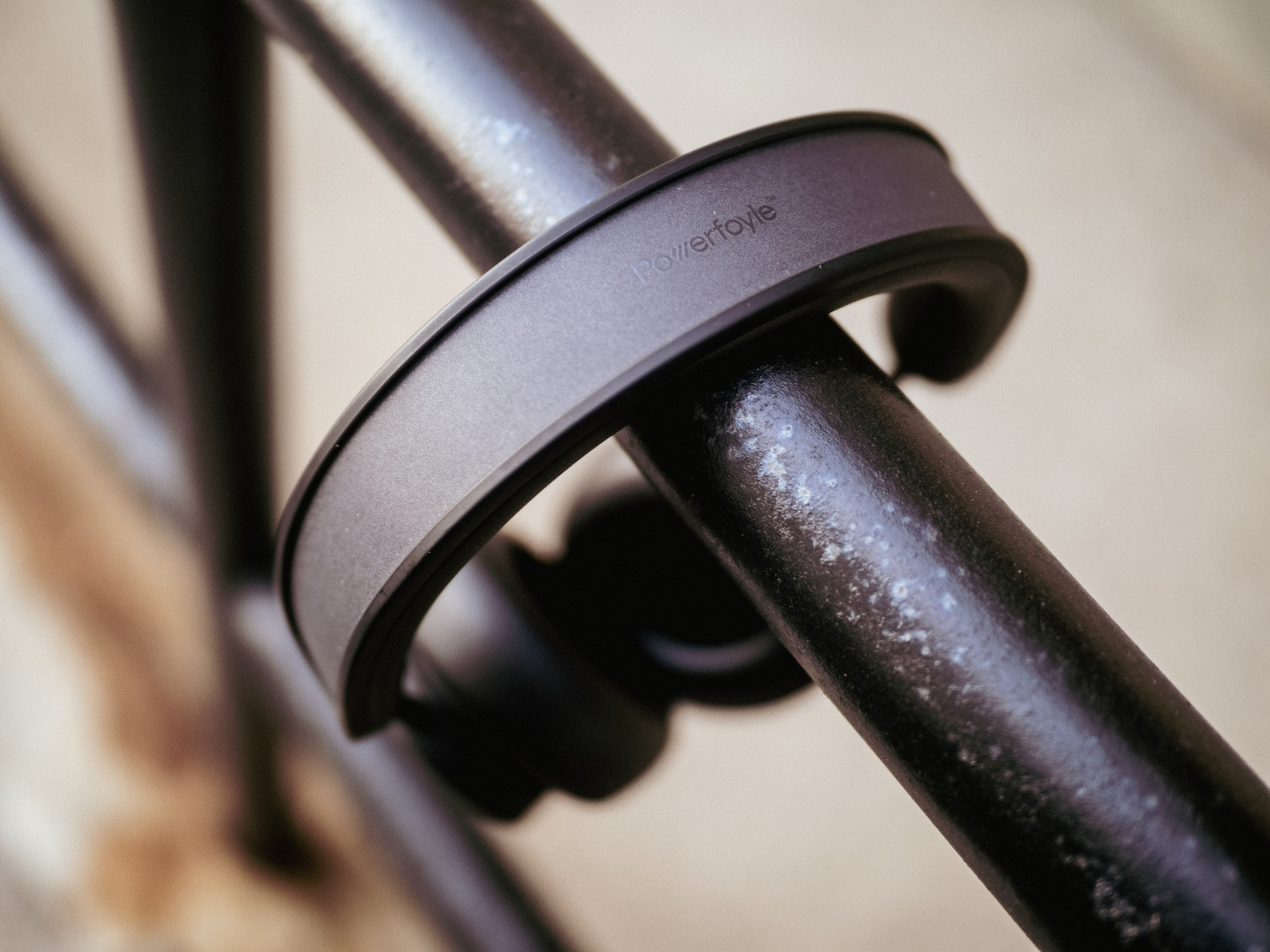
The sound quality is solid for a pair of $200 noise-canceling headphones. While not my favorite in this price range and category (that crown still goes to the Razer Opus), the sound is punchy with ample bass and decent tonal balance that should satisfy most listeners and highs that won’t offend, although I did find they tended to sound a bit thin in the midrange.
They use the AAC codec, so audiophiles will miss a higher quality codec like AptX HD or LDAC, but AAC is good enough that most listeners shouldn’t be able to tell the difference. I wouldn’t recommend them to the most persnickety audiophiles — the headphones don’t have a 3.5mm jack, which also could be a problem for airplane use — but they are strong performers overall.
The ANC is surprisingly good too; not Sony levels of blackout silence, but one of the better implementations I’ve heard from a brand that isn’t known for its noise-canceling chops.
I have two main complaints about the sound: One, the headphones sound completely different with ANC off. This may be because my pandemic ‘fro isn’t allowing the headphones to create the best seal, but the best wireless headphones will monitor for seal and compensate sound quality accordingly (indeed, I believe this is what the headphones do when ANC is on).
Second: they don’t get very loud. I’m not someone who tends to listen very loud, but I always like having some headroom with my headphones. Many classical music tracks, for instance, are mixed at very quiet volumes for maximum dynamic range, and even with ANC on, you might miss out on these quiet passages in a noisy environment.
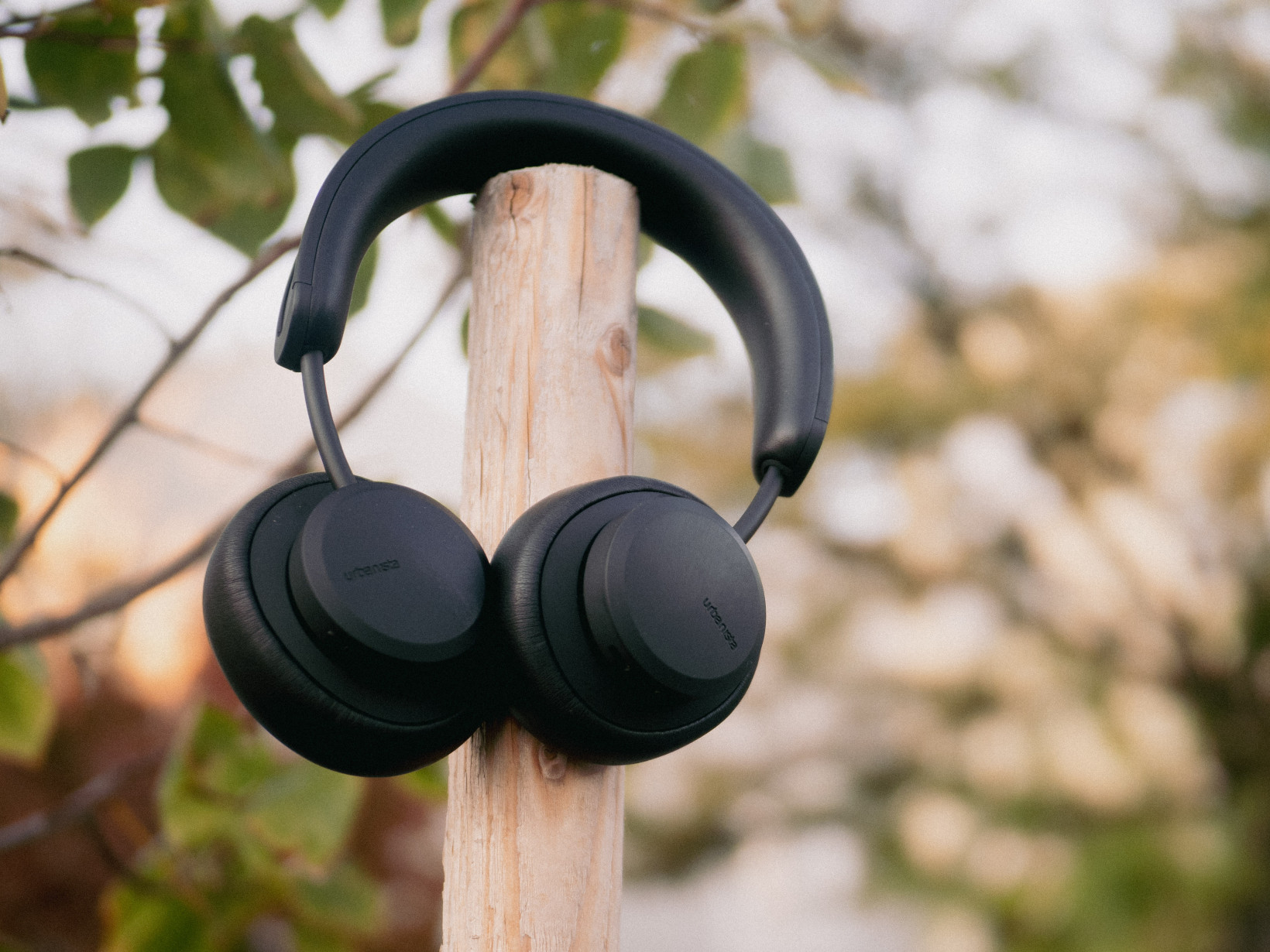
Long story short: The Urbanista Los Angeles are stylish headphones with good noise-canceling, solid sound quality, and one big gimmick — but what a gimmick it is. Now I just wish I could solar charge all the things.
Get the TNW newsletter
Get the most important tech news in your inbox each week.

